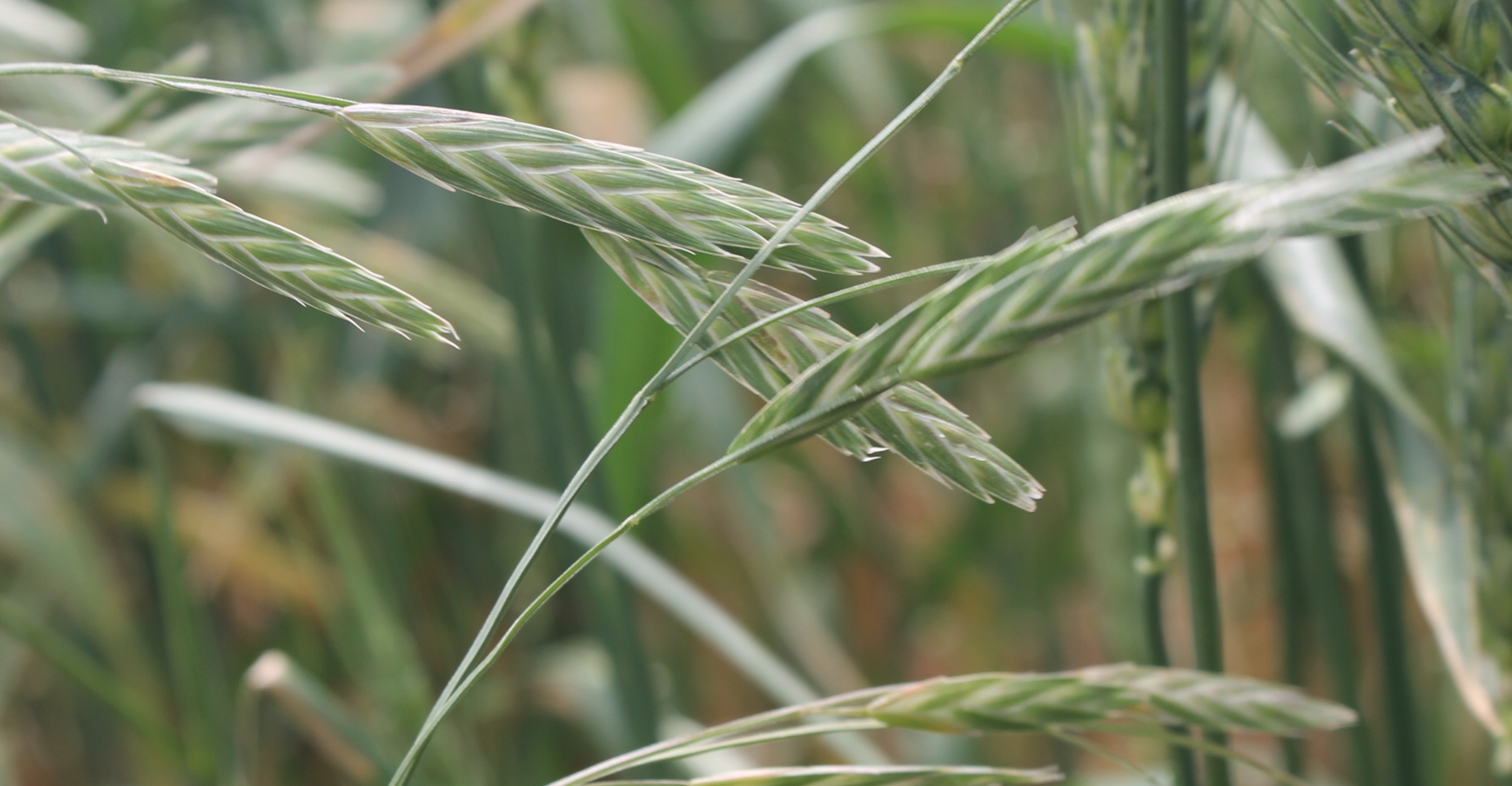
NIFA grant research targets noxious rescuegrass weed
Wednesday, April 28, 2021
Media Contact: Gail Ellis | Communications Specialist, Copywriter | 620-515-2498 | gail.ellis@okstate.edu
Oklahoma State University agriculture scientists have received a grant from the National Institute of Food and Agriculture to study treatment methods for the infestation of rescuegrass, a weed that can reduce yields by up to 70%.
The two-year grant of $275,496, will support research at three experimental stations and grower sites near Tipton, Marshall and Lahoma, as well as a research plot in Vernon, Texas, in partnership with Texas A&M University.
Rescuegrass is a growing problem in the southern Great Plains region and is equivalent to pigweed in summer crops. It is the first winter annual weed that emerges among wheat in the fall and does not respond well to herbicide application.
“We have to be creative in our management practices,” said Misha Manuchehri, OSU Extension small grains weed specialist and assistant professor in plant and soil sciences. “Weeds are incredibly adaptable, and rescuegrass can out-compete wheat and cause the loss of winter wheat grain. It’s important that Extension learn how to manage this plant.”
Manuchehri is collaborating with Emi Kimura, Texas A&M assistant professor and Extension agronomist, and Hannah Lindell, OSU plant and soil sciences graduate student, to investigate three methods for reducing the population of rescuegrass. They involve delaying the planting of winter wheat, incorporating certain OSU wheat varieties that can ward off the weed and strategic herbicide application.
Every few weeks, Lindell monitors the plant counts of brome species at the four wheat plot research sites. Preliminary findings suggest the best treatment for the weed involves a mix of multiple methods.
“We saw significant rescuegrass control when wheat was planted two to six weeks after the optimal sowing window for grain-only systems,” Lindell said. “The delay of planting combined with herbicide application also is doing an effective job of reducing rescuegrass biomass.”
Although the weed poses a smaller threat when wheat is solely intended for grazing purposes, the impact of a rescuegrass infestation at harvest results in major dockage at the elevator.
“There’s little literature available on the effects of rescuegrass seed, but when close to harvest, it ranks as one of the worst,” Lindell said. “Brome species, in general, have been known to increase dockage by 40%, and that’s a problem for producers seeking a clean, high premium grain at the end of the season.”
Another troublesome characteristic of rescuegrass is its early seeding window. If producers can’t cut their wheat until later in the summer, rescuegrass can drop its seed before the wheat is harvested.
“Once in the soil, it thrives well in a monoculture crop system, which is what most Oklahoma producers follow due to the diversity cattle offers,” Lindell said.
Producer Dean Fuxa’s family has hosted OSU research plots for two generations on wheat pasture in Marshall. He welcomes the rescuegrass project because he’s noticed an increase in several brome species.
“It’s a double-edged sword because if you don’t plant wheat early, you won’t have fall forage for cattle, but planting early results in more Italian ryegrass and cheat,” he said. “We’ve worked with OSU Extension for over 40 years, and the research has helped us reach a lot of the milestones in our operation.”
Across the state line, Texas A&M’s Kimura said wheat producers are seeing many of the same issues with rescuegrass. In some fields, the weed is out of control and reducing yields by 50% to 75%. She and the OSU researchers will track the study’s progress closely to determine the best recommendations for producers.
“This is an applied study that producers can use right away as soon as we get the data,” Kimura said. “I’m excited to see the results.”
NIFA was created through the Food, Conservation and Energy Act of 2008 and is part of the U.S. Department of Agriculture.
